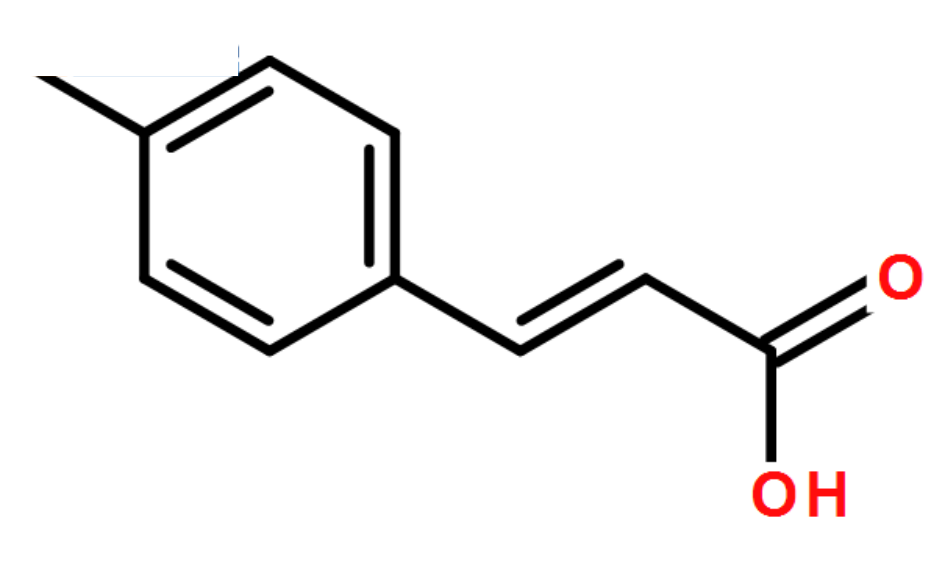v-innovate Technologies provides a method based on liquid chromatography mass spectrometer (LC-MS) for the analysis of plant tannins in plants, and provides sufficient robustness, sensitivity and high resolution for the identification and quantification of plant tannins. This high-throughput method consumes less time and can help researchers explore the role of plant tannins in plant development and their applications in industries such as agriculture and food safety.
Cinnamic acid, also known as β-phenylacrylic acid, is an organic acid isolated from cinnamon bark or benzoin. Cinnamic acid is mainly used for the preparation of esters, and can also be used as a plant growth promoter and long-acting fungicide. In plants, phenylalanine is deaminated and degraded to produce phenylacrylic acid. Mainly used in flavors and fragrances, food additives, pharmaceutical industry, daily chemicals, chemical industry, beauty, pesticides, organic synthesis,etc.
 Figure 1. The chemical structure of natural and synthetic plant cinnamic acid and resistant plant cinnamic acid (Park 2020).
Figure 1. The chemical structure of natural and synthetic plant cinnamic acid and resistant plant cinnamic acid (Park 2020).
Since different tissues have different matrix properties, v-innovate Technologies has developed a variety of novel sample preparation techniques. Our service can analyze more than 100 kinds of plant cinnamic acid, including 1,3,5-tricaffeoylquinic acid, 1-caffeoylquinic acid, cinnamtannin A1, cinnamtanninA2, etc.
 Figure 2. Cinnamic acid analysis service workflow.
Figure 2. Cinnamic acid analysis service workflow.
Mode: MRM
Precision: pmol
Linear: R2 > 0.99
Analysis content:
| Detectable Tannins | CAS | Quantification Methods |
|---|---|---|
| Cinnamic Acid | 621-82-9 | External reference method / isotope-labeled internal standard method |
Ensure that the sample size is greater than 0.2 g or 0.2 mL.
The spectrum analysis of plant hormones based on mass spectrometry can quantitatively analyze plant cinnamic acid in a faster, more convenient and more sensitive way. With decades of experience in mass spectrometry services, v-innovate Technologies has a good record in supporting the detection and quantitative analysis of a variety of plant hormones. We can meet your specific project requirements from samples to bioinformatics.
References
